Family Drilidae Rank Species | ||
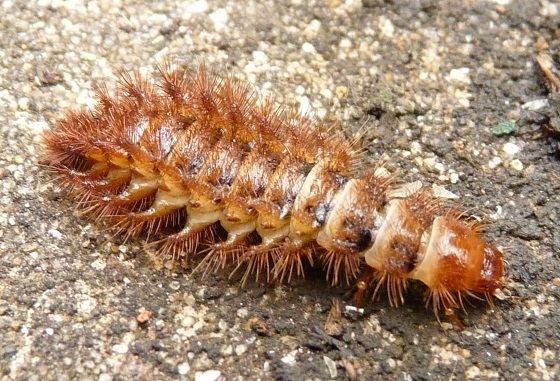 | ||
Similar Drilus, Drilidae, Drilus concolor, Clanoptilus elegans, Gonioctena variabilis | ||
Drilus flavescens vs cornu aspersum
Drilus flavescens is a species of beetles belonging to the family Drilidae. This insect is mainly present in Austria, Belgium, Luxembourg, France, Italy, Spain, Germany and Switzerland.
Contents
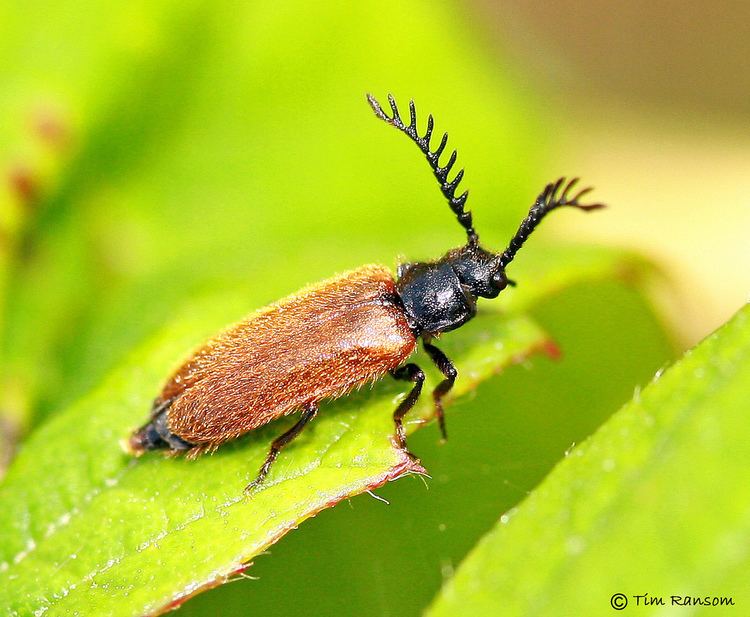
Drilus flavescens is one of the most extreme cases of sexual dimorphism in insects. The females of this beetle look like a caterpillar – so called larviforme females – completely lacking of wings and other adult characters. They live on the ground in the shells of snails (frequently Fruticicola fruticum [O. F. Müller, 1774]), feeding of the inhabitants, previously killed with a poisonous bite and sucked in with the help of digestive enzymes.
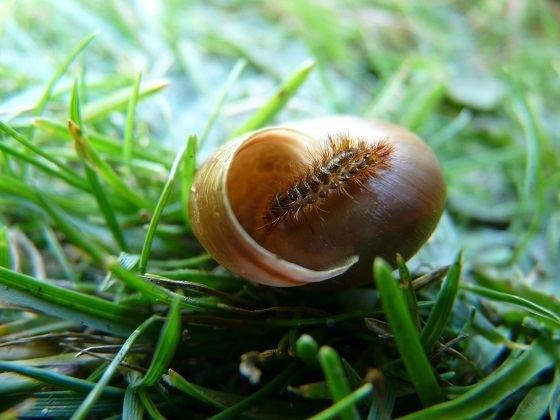
The eggs are laid in the soil under the litter and the young larvae of this beetle are covered with hairs. They are predators of land shell-bearing snails. Upon reaching its maximum size (about 20 mm) the larva chooses a snail shell in which to pupates.
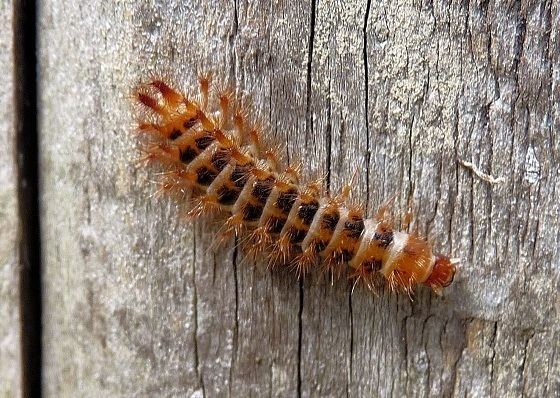
By clinging to a snail's shell via the suction cup on the terminal segment of the abdomen, the beetle then bites the snail injecting paralyzing venom that liquefies the snail's flesh with digestive enzymes. The flesh of the snail is then soft enough for the beetle to burrow through the snail into its shell. Once installed, the larva undergoes a metamorphosis and becomes soft. The legs are reduced and the hair largely disappear. This secondary larvae will overwinter in the snail shell.
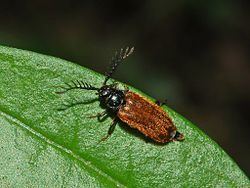
The adult males are approximately 10 millimetres (0.39 in) long. They have long comb-shaped antennas, probably utilized for detecting pheromones of females. Head and pronotum are black, while elytra are reddish, quite soft and covered of fine upstanding hairs. It can be encountered on flowers and foliage.
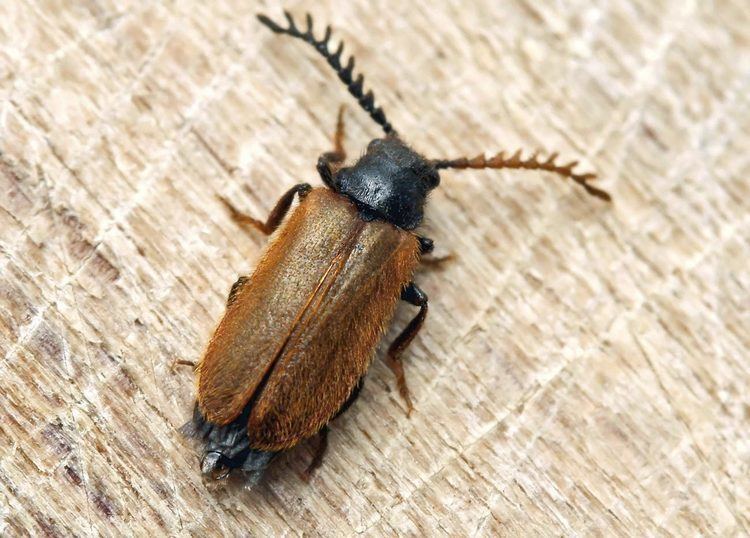
Drilus flavescens vs cepaea nemoralis

